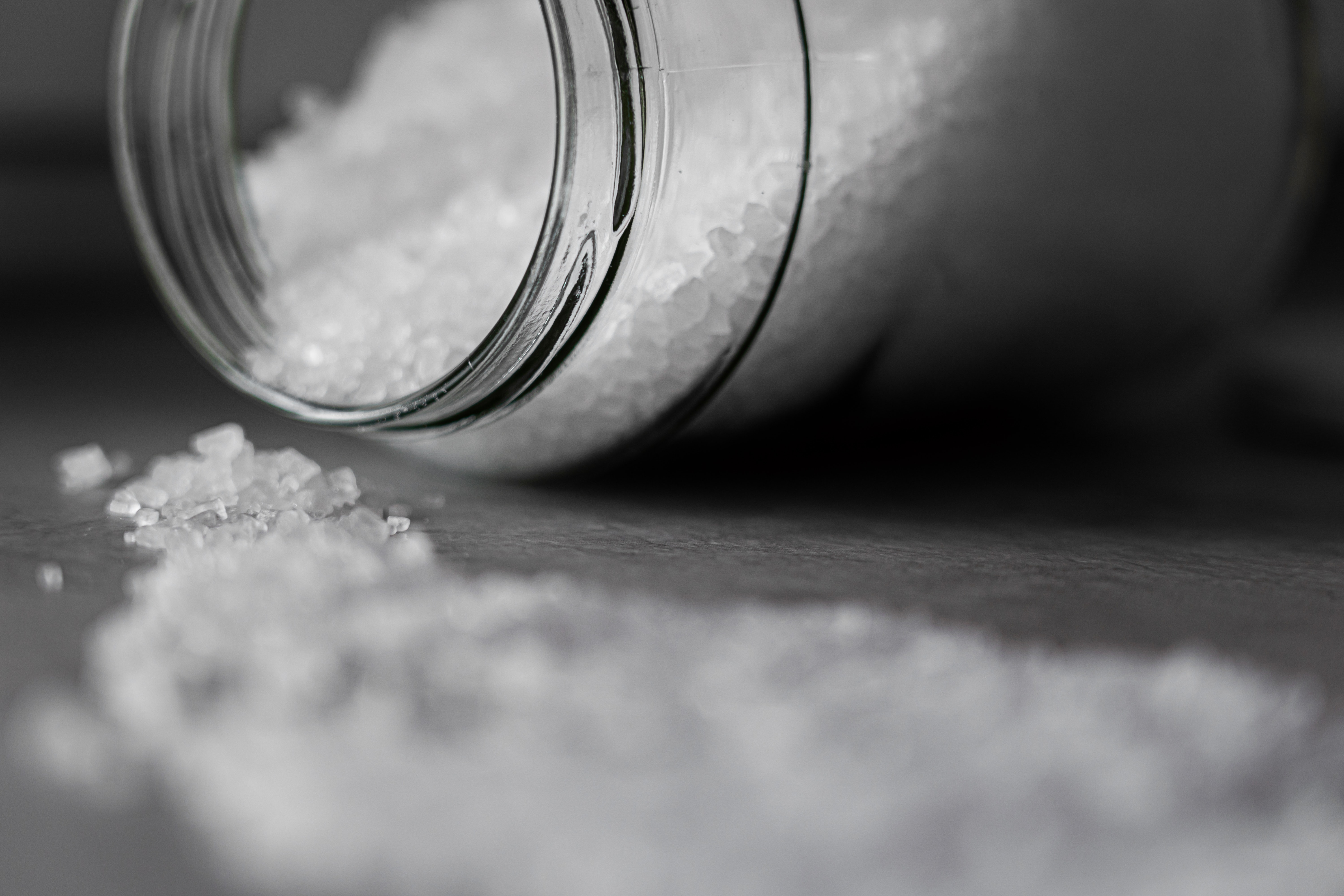The Salt Story: Deciphering Daily Sodium Limits for Babies and Toddlers
Posted by Giovana Celli on Aug 14th 2023
Hey there, super parents!
Navigating the ever-changing landscape of baby and toddler nutrition can be a winding road, right? And then, there's salt – a mineral that's everywhere and often sprinkled (pun intended) with misconceptions. Today, let's dive into the world of sodium and see how much is just right for our little ones.

The Importance of Sodium Balance
Sodium plays a vital role in our body functions – from balancing fluids to maintaining proper muscle and nerve function. But when it comes to babies, the line between 'just right' and 'too much' is thin. Why? Well, babies have immature kidneys, which can't process a high amount of sodium as efficiently as adult kidneys can. So, it becomes crucial to ensure our little munchkins aren't consuming too much.
Understanding Sodium vs. Salt
First things first, let's clear up a common misconception. When we talk about dietary recommendations, it's about sodium, not salt, even though these terms are often used interchangeably. Table salt, which we casually shake over our fries and soups, is made up of about 40% sodium and 60% chloride. That means when you're reading food labels, a product that contains 250mg of sodium doesn't have 250mg of salt. This distinction might seem trivial, but it's important in the context of our discussion!
Age-Specific Sodium Recommendations
The dietary needs for sodium change as our children grow:
- Infants (0-12 months): Babies under one primarily rely on breast milk or formula, which already contain the right amount of sodium for them. So, there's no need to add any extra salt to their food. In fact, they only need about 110 mg of sodium per day. From 7 to 12 months, the adequate intake of sodium is around 370 mg per day
- Toddlers (1-3 years): As your kiddo transitions to a more varied diet, their sodium needs slightly increase but still remain lower than adults. A daily intake of 800mg is the recommended limit.
Remember, these are upper limits, not targets to hit.
Overdoing sodium at a young age can set the stage for health issues like hypertension in the future. Hence, it's worth being vigilant now.
Hidden Sodium: Foods to Watch Out For
It's easy to think, "I don't add salt, so we're good," but sodium sneaks into our diet in many covert ways. Processed foods, packaged snacks, and even some cereals can be sodium mines. Surprisingly, a slice of bread can have up to 230mg of sodium!
It's also present in foods that don't taste salty, like pastries. Then there are things like ketchup, cheese, and certain breakfast cereals that our toddlers love. This is why it's essential to become an expert label reader. And if you're thinking of offering a share of your takeout to your toddler, reconsider – restaurant and takeout foods often contain much more salt than homemade dishes.
Tips for Managing Your Child's Sodium Intake
- Choose Fresh Over Processed: Fresh fruits, veggies, and homemade meals, where you control the salt, are the best.
- Flavor without Salt: Use herbs, spices, or lemon juice to add flavor. Your child's palate is developing, and this is the best time to introduce them to a variety of natural tastes.
- Be Sodium-Savvy: For packaged foods, opt for "low sodium" or "no salt added" versions. And always, always read the labels.
Striking the Right Balance
Balancing sodium in our children's diets isn't about banning salt. It's about being mindful, making informed choices, and setting them on a path of healthy eating habits. And remember, every child is unique. What works for one might not work for another. The key is to stay informed, stay patient, and, as always, consult with your pediatrician if you have specific concerns.
Sending salty (in a good way!) vibes to all you fabulous parents out there! Let's make every meal both tasty and nutritious for our little champions. ?️?❤️
